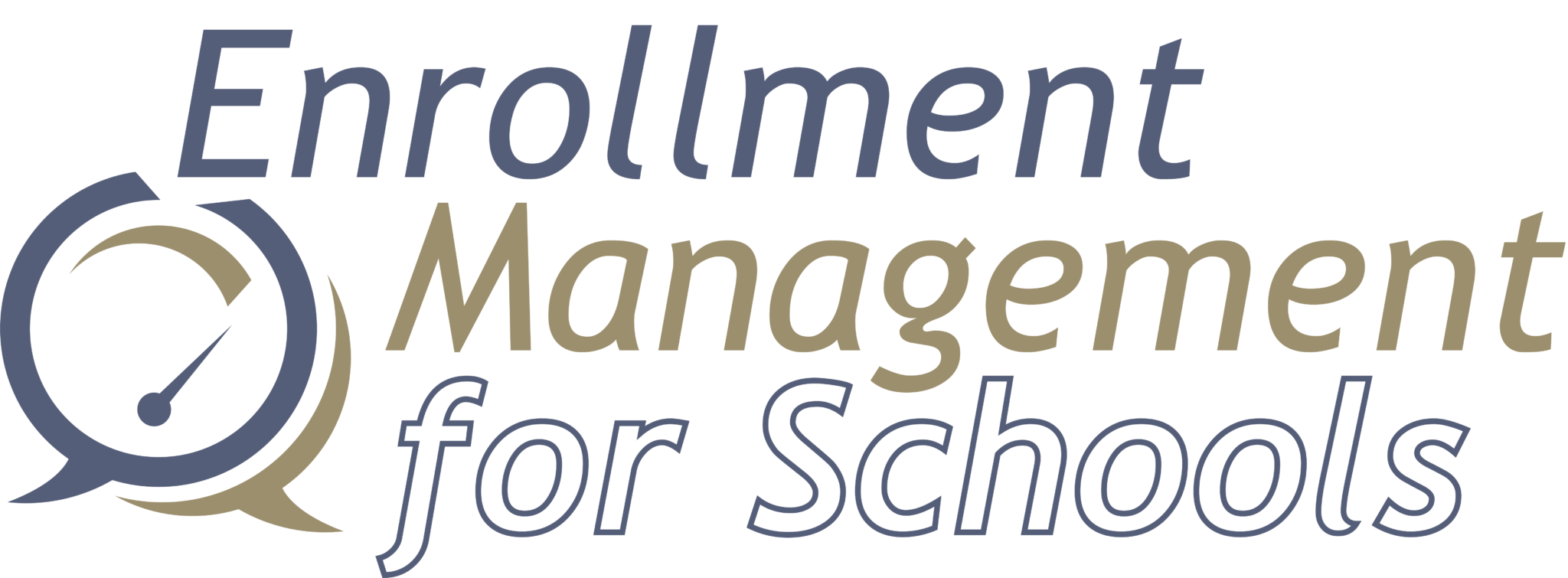The only consolation to being in the education field is that your private school competition can’t keep expanding the number of available student spaces. That means it has a defined market share that usually won’t change. Ferrari dealers are going to sell as many cars as it can to offer shareholders continuous growth, but accommodating shareholders with constant growth is not an independent school’s objective. As a matter of fact, the private, non-profit schools don’t have shareholders to worry about. Public schools can take more students than private schools, but that usually translates into more students stuffed into the classroom; a combination that tends to reduce the quality of the educational experience. This type of action bodes well for private school enrollment, from the perspective of independent schools looking to enroll more full-pay students.
Once the top-of-the-range branded private schools have taken their allotment of students, the rest is up for grabs by the next tier of schools. Your ancillary objective is to obtain a little more from top brand schools without spending too much energy doing it. Your energy is best spent competing against:
a) public schools, unless they are close to being as good as you are
b) your equal branded private schools
c) your lesser branded private schools
If none of these categories exist for you, then you may want to find a new job, unless you can see a program change that will attract more full-pay families.
Here are six ideas on how to increase your success:
- Don’t go head-to-head with the top brands. Trying to compete with a school that is bigger, faster stronger on common selling points doesn’t make sense or produce results. . You will lose that battle, because they are bigger, faster and stronger. That is probably why they are the top brands.
- Find your sweet spot. If your unique selling point is same as the bigger branded schools, you are out of luck. Why would anyone buy the second best product if they can get the top branded product for about the same costs? Therefore, you have to find out the differentiation between your education and the others and it has to be worth the cost.
- Choose the right competition. Pick the league of schools that you can win against more times than they can win against you. Do what you can to use your distinction as the leverage. In the common areas in which you compete – quality of program, faculty, and facilities – try to package them in a way that highlights them better than that of your competitors. Often time schools undersell themselves. You don’t want to do that; spend time and get the competitive factor presented in the best way possible.
- Flaunt your wares. Don’t under package your promotional marketing pieces. Most people refer to their revisit days as revisit days. Northfield Mount Hermon calls their revisit days “Envision NMH Days”. Then, the school packages in that vein. It’s a much stronger position than the generic revisit day.
- Make the choice easy. Once you know what type of educational program you offer, you want to find the market who prefers that choice over the other options. This is done by communicating consistently:
a) Why you offer that particular program.
b) How you do you do it differently.
c) Use testimonials from like-minded, current parents and students to attract prospective families who also prefer this type of educational program.
6. Be the best in your field. Don’t get distracted with trying to be all things to all people. Stay with your differentiation and continue to improve on it.
You are going to want to go head-to-head with the top branded schools. Stay in the flanker position. Go with the differentiation.
My thinking above works against both public and private schools. During the Five Pillars workshop, we cover what needs to be done in much detail. Each school will start the differentiation process, understand how to effectively use it against the right competition group, and learn to rethink their packaging strategies.
